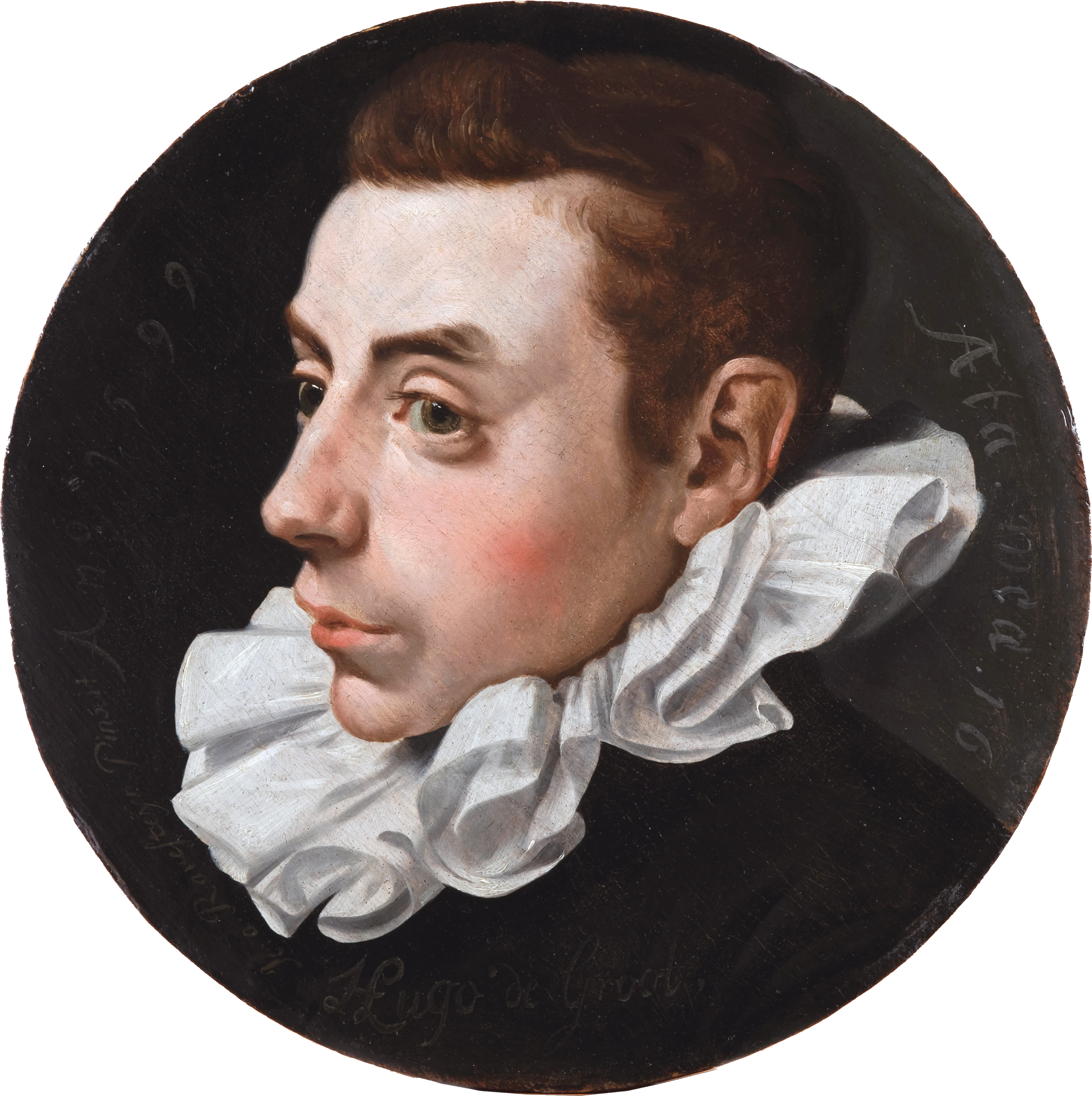|
Archipheracite
An archipheracite was a minister of Jewish synagogues, who were charged with reading and interpreting the '' perakim'' (chapters), where the titles and chapters of the law and the prophets are found. The archipheracite was not the same as the archisynagogus, as Grotius and other have mistakenly believed, but rather the chief or principal of these appointed to read, explain, and profess the law in their schools. The title is formed from the Greek prefix ' "chief", and the Hebrew or Aramaic Aramaic (; ) is a Northwest Semitic language that originated in the ancient region of Syria and quickly spread to Mesopotamia, the southern Levant, Sinai, southeastern Anatolia, and Eastern Arabia, where it has been continually written a ... , "pherak", division or chapter. References Archipheracite. ''Encyclopédie Ou Dictionnaire Raisonné Des Sciences, Des Arts Et Des Métiers''. 1751. 1st ed. Jewish religious occupations Greek words and phrases in Jewish law {{Jewish-h ... [...More Info...] [...Related Items...] OR: [Wikipedia] [Google] [Baidu] |
Archisynagogus
In ancient Judaism, an archisynagogue (Greek ; Hebrew ; "synagogue chief") was the officer who supervised matters pertaining to the religious services of the synagogue. Usage Use of the term can be traced from the time of Jesus to about the year 300. It occurs several times in the New Testament. The name is borrowed from the Greek, and was therefore used by Jews throughout the Roman Empire, but not by Jews in Babylonia. Hence, the Babylonian Talmud – when mentioning the archisynagogue – finds it necessary to translate the word by '' parnas''. Role The distinctive function of the archisynagogue was to select suitable men for the reading of the Law, the reciting of prayers, and for preaching; since in ancient times the synagogue did not have regularly appointed officers for the performance of these duties. From the Jerusalem Talmud, it further appears that in cases of necessity the archisynagogue of a community had to act as its reader. In consonance with the nature of his of ... [...More Info...] [...Related Items...] OR: [Wikipedia] [Google] [Baidu] |
Minister Of Religion
In Christianity, a minister is a person authorised by a church or other religious organization to perform functions such as teaching of beliefs; leading services such as weddings, baptisms or funerals; or otherwise providing spiritual guidance to the community. The term is taken from Latin ''minister'' ("servant", "attendant"). In some church traditions the term is usually used for people who have been ordained, but in other traditions it can also be used for non-ordained. In the Catholic Church, the Eastern Orthodox Church, the Oriental Orthodox Church, Anglicanism and Lutheranism, the concept of a priesthood is emphasized, though in the Church of England there are nearly as many non-ordained licensed lay ministers as there are paid clergy. In other traditions such as Baptist, Methodist, and Reformed groups like Congregationalists and Presbyterians, the term "minister" usually refers to a member of the ordained clergy who leads a congregation or participates in a role in a ... [...More Info...] [...Related Items...] OR: [Wikipedia] [Google] [Baidu] |
Jewish
Jews (, , ), or the Jewish people, are an ethnoreligious group and nation, originating from the Israelites of History of ancient Israel and Judah, ancient Israel and Judah. They also traditionally adhere to Judaism. Jewish ethnicity, religion, and community are highly interrelated, as Judaism is their ethnic religion, though it is not practiced by all ethnic Jews. Despite this, religious Jews regard Gerim, converts to Judaism as members of the Jewish nation, pursuant to the Conversion to Judaism, long-standing conversion process. The Israelites emerged from the pre-existing Canaanite peoples to establish Kingdom of Israel (Samaria), Israel and Kingdom of Judah, Judah in the Southern Levant during the Iron Age.John Day (Old Testament scholar), John Day (2005), ''In Search of Pre-Exilic Israel'', Bloomsbury Publishing, pp. 47.5 [48] 'In this sense, the emergence of ancient Israel is viewed not as the cause of the demise of Canaanite culture but as its upshot'. Originally, J ... [...More Info...] [...Related Items...] OR: [Wikipedia] [Google] [Baidu] |
Synagogue
A synagogue, also called a shul or a temple, is a place of worship for Jews and Samaritans. It is a place for prayer (the main sanctuary and sometimes smaller chapels) where Jews attend religious services or special ceremonies such as weddings, bar and bat mitzvahs, choir performances, and children's plays. They often also have rooms for study, social halls, administrative and charitable offices, classrooms for religious and Hebrew studies, and many places to sit and congregate. They often display commemorative, historic, or modern artwork alongside items of Jewish historical significance or history about the synagogue itself. Synagogues are buildings used for Jewish prayer, study, assembly, and reading of the Torah. The Torah (Pentateuch or Five Books of Moses) is traditionally read in its entirety over a period of a year in weekly portions during services, or in some synagogues on a triennial cycle. However, the edifice of a synagogue as such is not essential for hol ... [...More Info...] [...Related Items...] OR: [Wikipedia] [Google] [Baidu] |
Masekhet
A (, Sephardic: , Ashkenazic: ; plural ) is an organizational element of Talmudic literature that systematically examines a subject, referred to as a tractate in English. A tractate/ consists of chapters (; singular: or ). Etymology The word – in its pausal form, () – appears in the Hebrew Bible denoting web or texture (). The plain Hebrew meaning of the word is the warp and weft used in weaving. By extension, the word has been used to refer to a work of in-depth examination of a topic comprising discussions, research and conclusions. It refers in particular to the sections of the Mishnah, Tosefta, Beraita, and Gemara of the Babylonian and Yerushalaim Talmuds. Usage The "major" tractates, those of the Mishnah itself, are organized into six groups, called ''sedarim'', while the minor tractates, which were not canonized in the Mishnah, stand alone. The Mishnah comprises sixty-three tractates, each of which is divided into chapters and paragraphs. The same applie ... [...More Info...] [...Related Items...] OR: [Wikipedia] [Google] [Baidu] |
Grotius
Hugo Grotius ( ; 10 April 1583 – 28 August 1645), also known as Hugo de Groot () or Huig de Groot (), was a Dutch humanist, diplomat, lawyer, theologian, jurist, statesman, poet and playwright. A teenage prodigy, he was born in Delft and studied at Leiden University. He was imprisoned in Loevestein Castle for his involvement in the controversies over religious policy of the Dutch Republic, but escaped hidden in a chest of books that was regularly brought to him and was transported to Gorinchem. Grotius wrote most of his major works in exile in France. Grotius was a major figure in the fields of philosophy, political theory and law during the 16th and 17th centuries. Along with the earlier works of Francisco de Vitoria and Alberico Gentili, his writings laid the foundations for international law, based on natural law in its Protestant side. Two of his books have had a lasting impact in the field of international law: '' De jure belli ac pacis'' (''On the Law of War an ... [...More Info...] [...Related Items...] OR: [Wikipedia] [Google] [Baidu] |
Hebrew Language
Hebrew (; ''ʿÎbrit'') is a Northwest Semitic language within the Afroasiatic language family. A regional dialect of the Canaanite languages, it was natively spoken by the Israelites and remained in regular use as a first language until after 200 CE and as the liturgical language of Judaism (since the Second Temple period) and Samaritanism. The language was revived as a spoken language in the 19th century, and is the only successful large-scale example of linguistic revival. It is the only Canaanite language, as well as one of only two Northwest Semitic languages, with the other being Aramaic, still spoken today. The earliest examples of written Paleo-Hebrew date back to the 10th century BCE. Nearly all of the Hebrew Bible is written in Biblical Hebrew, with much of its present form in the dialect that scholars believe flourished around the 6th century BCE, during the time of the Babylonian captivity. For this reason, Hebrew has been referred to by Jews as '' ... [...More Info...] [...Related Items...] OR: [Wikipedia] [Google] [Baidu] |
Biblical Aramaic
Biblical Aramaic is the form of Aramaic that is used in the books of Daniel and Ezra in the Hebrew Bible. It should not be confused with the Targums — Aramaic paraphrases, explanations and expansions of the Hebrew scriptures. History During the Babylonian captivity of the Jews, which began around 600 BC, the language spoken by the Jews started to change from Hebrew to Aramaic, and Aramaic square script replaced the Paleo-Hebrew alphabet. After the Achaemenid Empire annexed the Neo-Babylonian Empire in 539 BC, Aramaic became the main language of public life and administration. Darius the Great declared Imperial Aramaic to be the official language of the western half of his empire in 500 BC, and it is that Imperial Aramaic that forms the basis of Biblical Aramaic. Biblical Hebrew was gradually reduced to the status of a liturgical language and a language of theological learning, and the Jews of the Second Temple period that started in 516 BC would have spoken a western form o ... [...More Info...] [...Related Items...] OR: [Wikipedia] [Google] [Baidu] |
Jewish Religious Occupations
Jews (, , ), or the Jewish people, are an ethnoreligious group and nation, originating from the Israelites of History of ancient Israel and Judah, ancient Israel and Judah. They also traditionally adhere to Judaism. Jewish ethnicity, religion, and community are highly interrelated, as Judaism is their ethnic religion, though it is not practiced by all ethnic Jews. Despite this, religious Jews regard Gerim, converts to Judaism as members of the Jewish nation, pursuant to the Conversion to Judaism, long-standing conversion process. The Israelites emerged from the pre-existing Canaanite peoples to establish Kingdom of Israel (Samaria), Israel and Kingdom of Judah, Judah in the Southern Levant during the Iron Age.John Day (Old Testament scholar), John Day (2005), ''In Search of Pre-Exilic Israel'', Bloomsbury Publishing, pp. 47.5 [48] 'In this sense, the emergence of ancient Israel is viewed not as the cause of the demise of Canaanite culture but as its upshot'. Originally, J ... [...More Info...] [...Related Items...] OR: [Wikipedia] [Google] [Baidu] |




